| Our first full day in Slovenia started off with breakfast at our B&B. To our disappointment, it was similar to Italian hotel breakfast consisting of meat, cheese, bread, fruit and yogurt. The real tragedy was there were no pastries! | Thankfully our stomachs were still full from the night before where we attempted to order a four course meal (like in Italy), only to be told by our puzzled waiter that it was TOO MUCH food! One of many things we learned in Slovenia is that portion sizes are much bigger and they don't have first and second plates. If you order pasta, it is meant to be a full meal! |
After breakfast we hopped on the motorway with our vignette stuck in the windshield.
--- you need a vignette for driving in Slovenia.
Radovljica
Our first stop was the town of Radovljica, one of the few old trade towns in the area that still specializes in things like iron-forging, bee-keeping, and gingerbread making. It also hosts one of the largest Slovenian chocolate festivals each spring.
Next we discovered a sign for the town's moat... so obviously we had to check it out!
We looped back to the entrance of town,
where I recognized a wine bar I had seen on TripAdvisor.
It's never too early for wine, right?
where I recognized a wine bar I had seen on TripAdvisor.
It's never too early for wine, right?
I sat down for a tasting of 5 different wines, and
a plate of prosciutto, local cheese, bread, and olive oil.
My tasting guide provided a map of the different wine regions,
explaining where each wine came from and the unique blending of grapes.
a plate of prosciutto, local cheese, bread, and olive oil.
My tasting guide provided a map of the different wine regions,
explaining where each wine came from and the unique blending of grapes.
As you can see, wine production is quite limited by the climate.
Most grapes are grown near the Adriatic Sea
or along the eastern border of the country.
Most grapes are grown near the Adriatic Sea
or along the eastern border of the country.
| Slovenia's most unique wine variety is called Teran. It comes from the Kras region along the Adriatic Sea. It is named after the iron-rich, red soil the grapes are grown on. This contributes to it's dark, red color and earthy flavor. Teran was my favorite of the five tastings, but don't buy it at a wine shop for 20 euro. You can find it for only 6 euros a bottle at the grocery store. |
| Radovljica's old town had a small main street with a few cafes and museums. The most interesting museum we wanted to see was the Beekeeping (Apiculture) Museum, but alas we were on a tight schedule. We still needed to reach Lake Bled and Vintgar Gorge by the end of the day. |



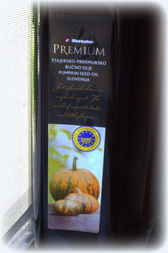
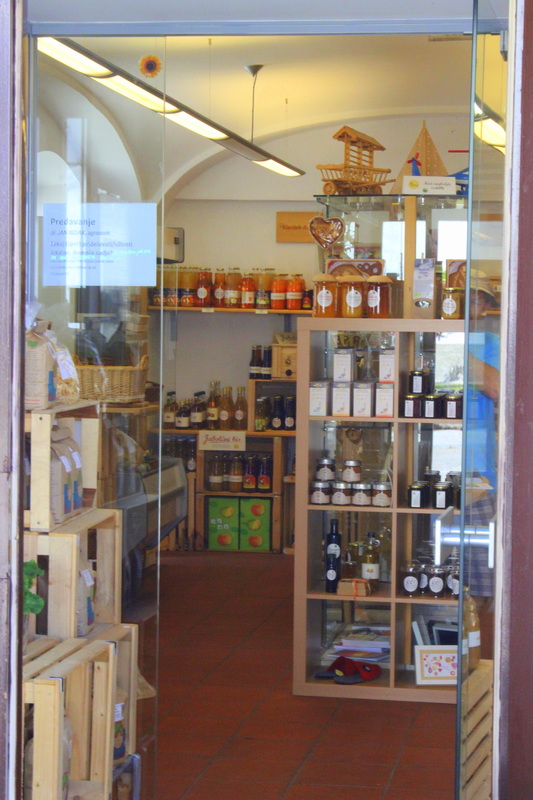
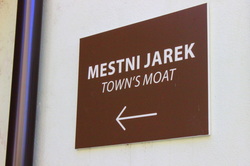
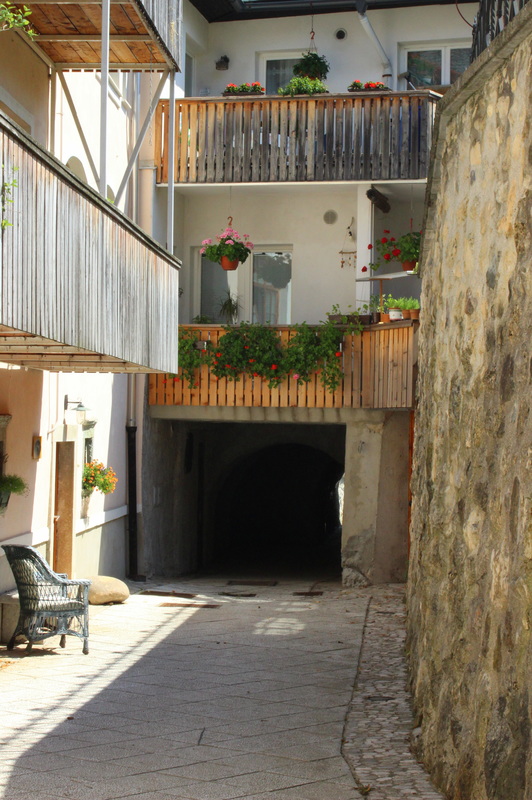
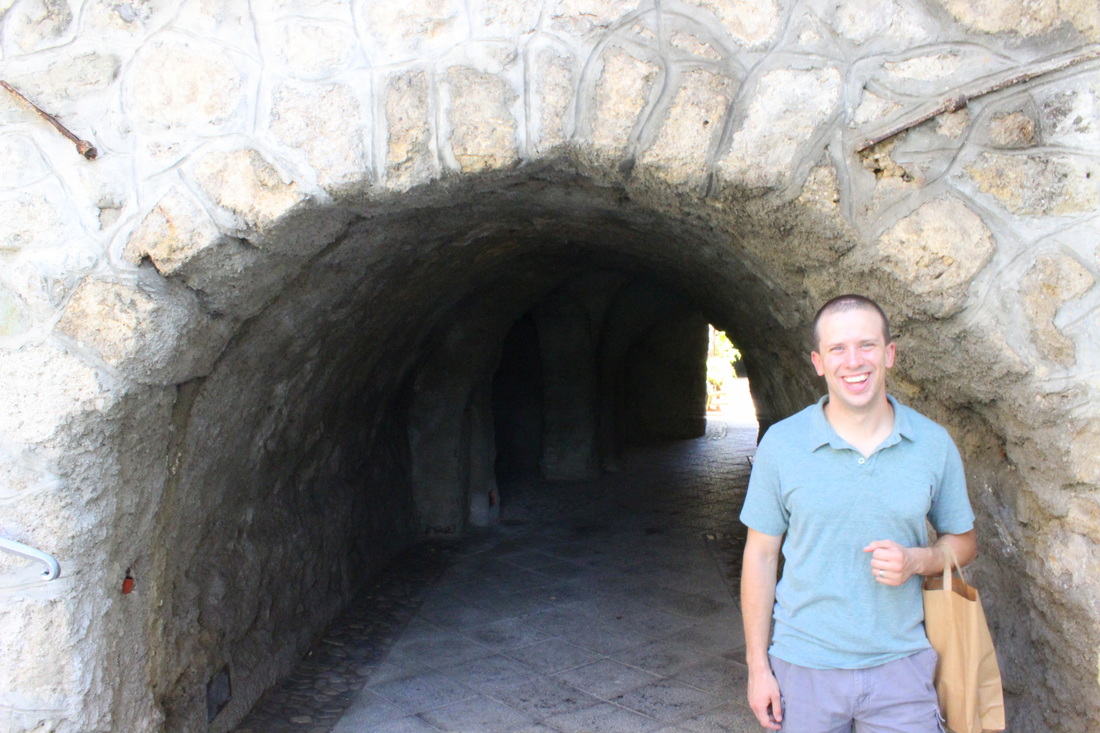
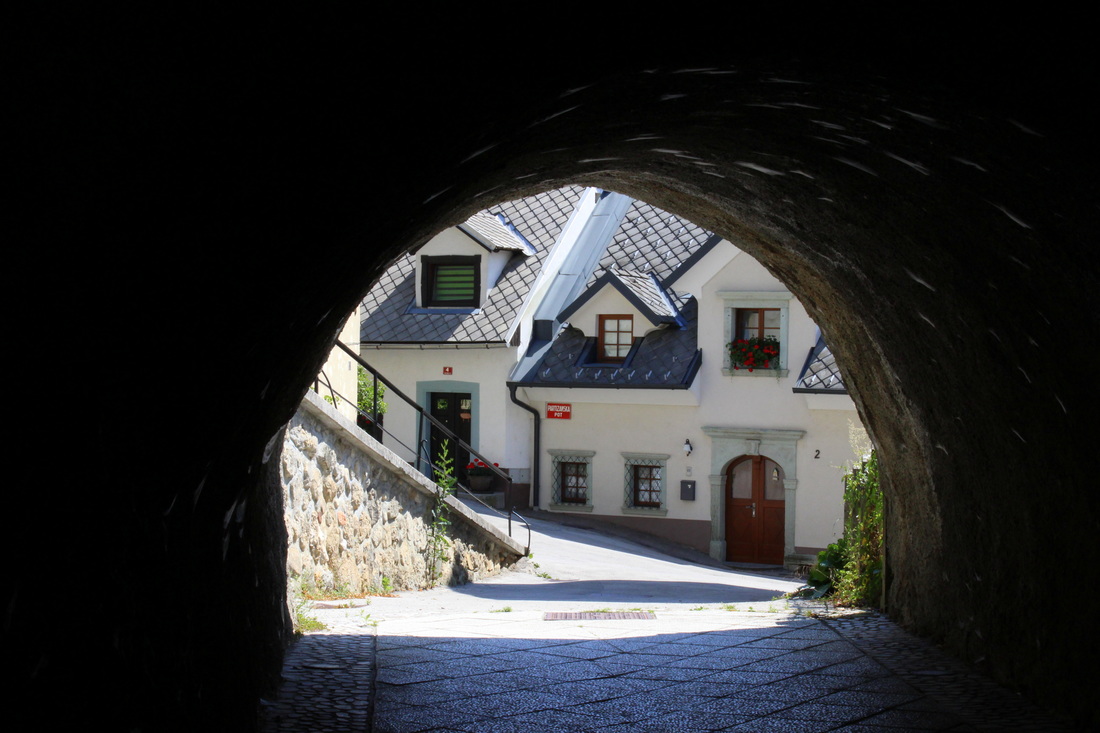

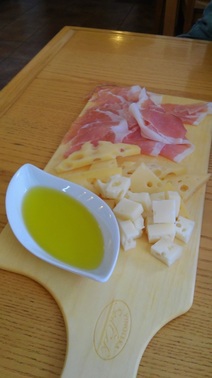




 RSS Feed
RSS Feed
